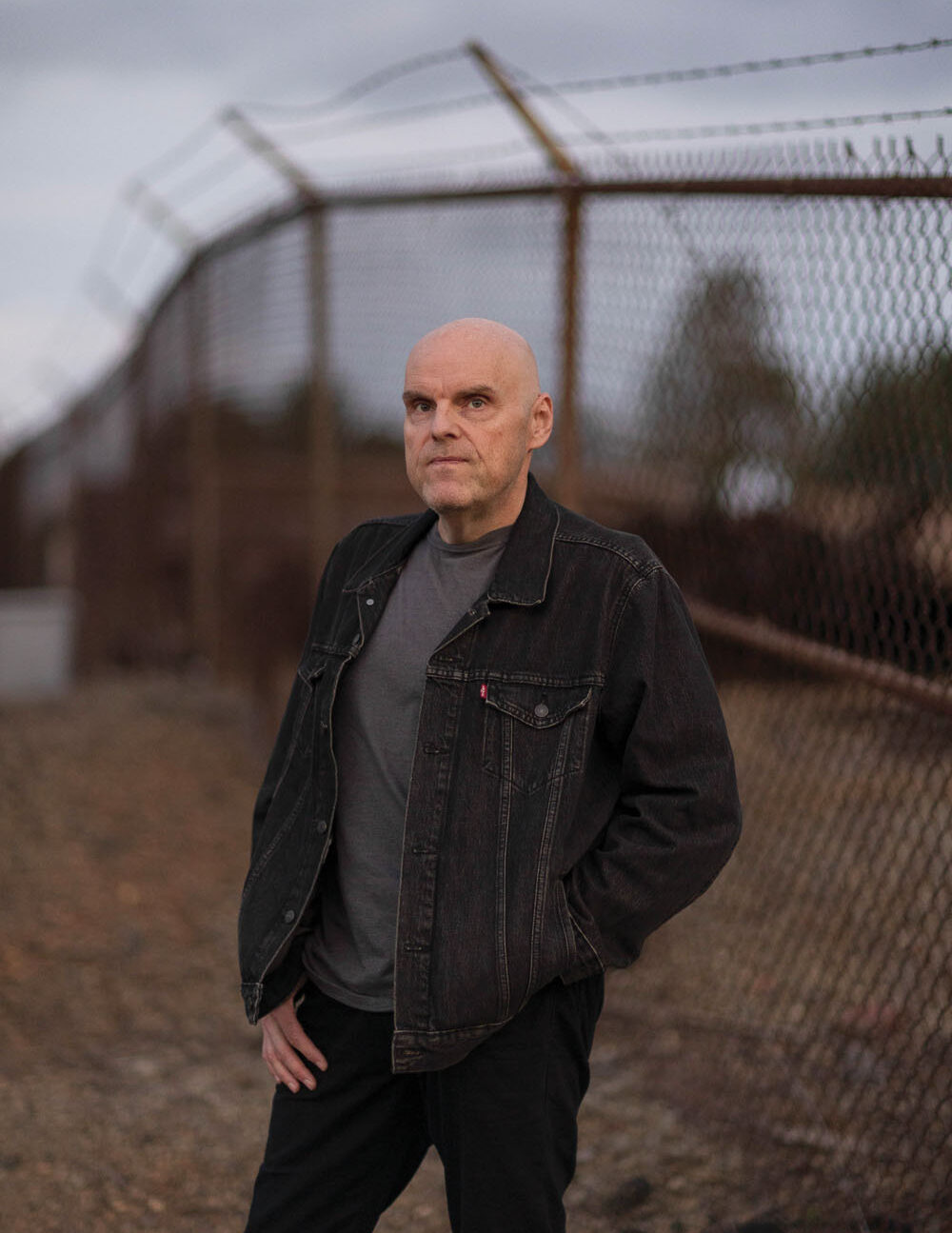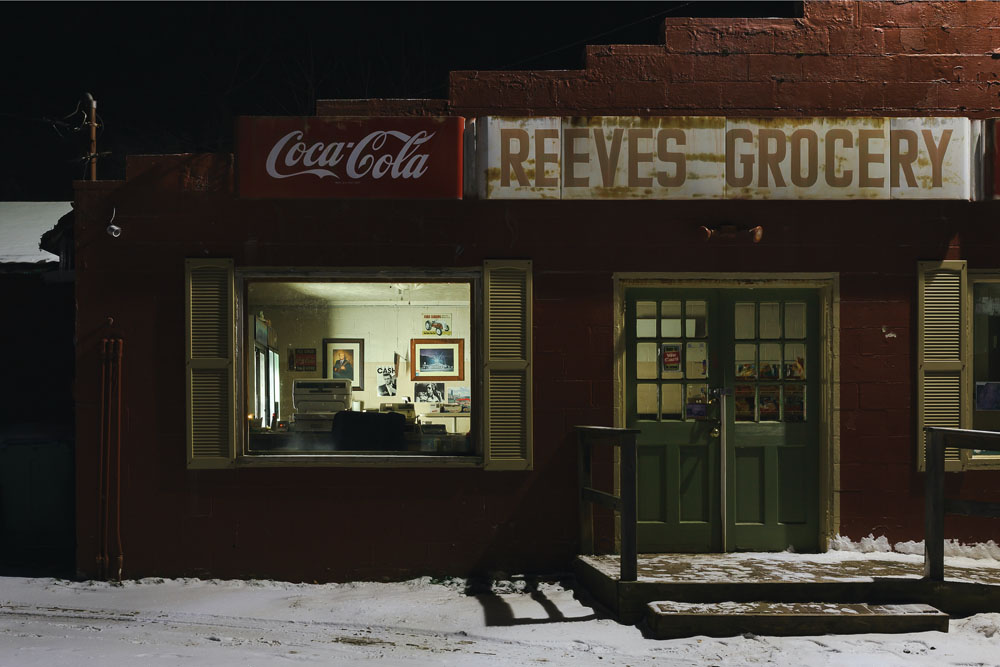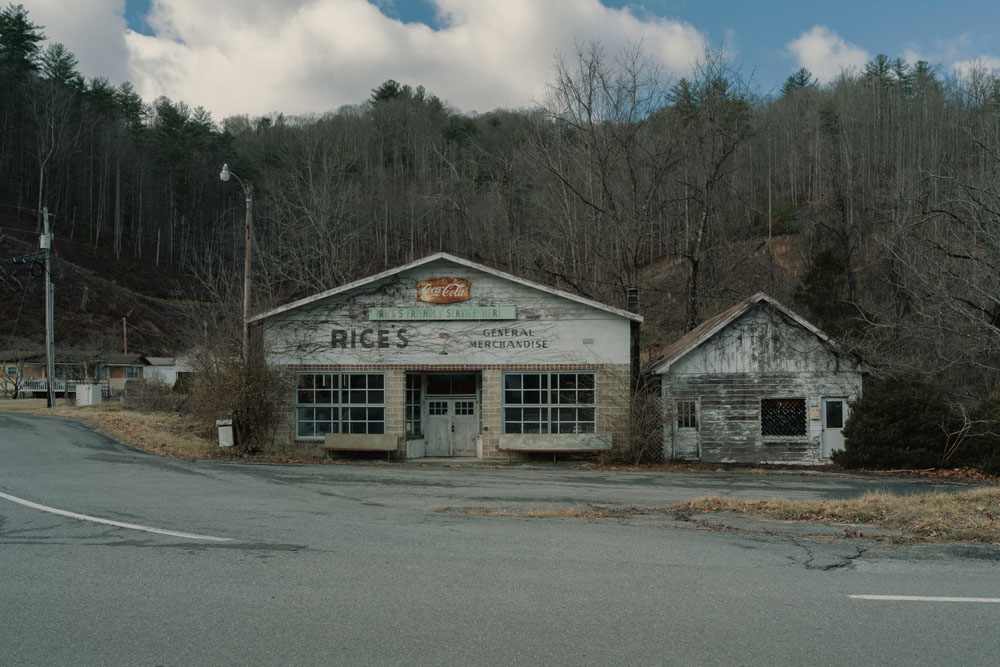
Bill Green was living out West when he discovered the ramshackle remnants of Midcentury communities scattered around a rapidly gentrifying Joshua Tree, California. He was struck by the way hope and prosperity seemed to have passed by these homesteaders, leaving behind only rust and collapse. (Many had built cabins as part of the 1938 Small Tract Act that aimed to populate the desert.)
“I began to wonder, what is it that goes wrong in a person’s life where they just simply can’t make a go of it for whatever reason and abandon the very thing that once gave them hope,” says Green. He muses on “that sense of failure based on whatever constitutes the notion of the American Dream.”

Soon after moving back to the Southeast, that interrogation began to emerge in what became Green’s “Decay” series, a melancholy examination of abandoned structures subsiding into the landscape that once supported them. The emotional texture of abandonment is a key theme in this season’s Inside and Out exhibit at Asheville’s Blue Spiral 1 gallery, which will include Green’s photographs as well as ceramics, drawings, and paintings exploring the relationship between the built world and the memories and histories that attach to its components.

“The textures of decayed surfaces are very compelling to me, and always have been,” says Green — especially in the way the reduced light of nighttime, when much of the series was shot, seems to accentuate those histories. “There are amazing visual canvases that are created when different sources of light converge at night, if we would just notice more.”

Green’s photographic career grew out of his early professional background in advertising, during which he would arrange studio and location shoots, eventually moving behind the camera. An interest in artists and musicians evolved into a body of work chronicling the process by which musicians develop and refine their work. The series, including short films as well as still photography, came to be called “In the Studio.” Expanding the theme, Green documented the daily routines of potters at the wheel, glassmakers at their furnaces, musicians during studio sessions, and music-festival fans in all their idiosyncratic glory.

Today’s camera phones come with comprehensive effects that can glorify the most mundane of subjects. However, “great technology,” says Green, “will not make a great photograph.” Even wielding a high-end traditional camera doesn’t improve the chances of greatness. “It doesn’t necessarily [make a difference],” says Green. “For me, it comes down to one thing. You have to have a point of view about what you’re shooting. A great moment can make a great photograph. If an image isn’t compelling in some way, or doesn’t resonate with the viewer somehow, then why should they care about it?”
Outside of a college minor in photography, Green is mostly self-taught, and cites no mentors or influences beyond an early admiration for Ansel Adams. Echoing the motto so often associated with writers, he advises aspiring photographers to “shoot every day” and adds: “Keep working, even [after] experiencing a bad shooting session. All the experiences, both good and bad, will make you better.”
Bill Green, Asheville. Green’s work will be included in Inside and Out, opening Friday, Nov. 3 with a 5-7pm reception and running through Wednesday, Dec. 27, in the Lower Level at Blue Spiral 1 Fine Art + Craft Gallery (38 Biltmore Ave., bluespiral1.com). For more information about the artist, see billgreenphotography.com and on IG @mtlb